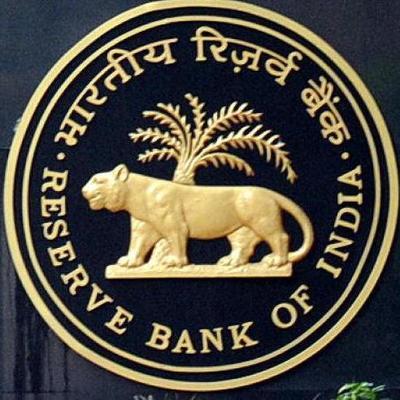
On 17th April, within a span of 20 days, RBI announced the second round of liquidity boosting measures as support to the economy dealing with COVID-19. In its first round of liquidity boosting measures, the Central Bank had cut the repo rate by 75 basis points to 4.40 percent, reverse repo rate by 90 basis points to 4.0 percent, and CRR to 3.0 percent. In the latest announcement, though various regulatory measures were touched upon, the focus was mainly to improve liquidity in the NBFC sector.
To begin with, RBI decided to conduct Targeted Long-Term Repo Operations (TLTRO 2.0) for an aggregate amount of Rs 50,000 crore. The Central Bank mandated that the funds availed by the banks under TLTRO should be invested in investment grade bonds, commercial paper, and non-convertible debentures of NBFCs, with at least 50 percent of the total amount availed going to small and mid-sized NBFCs and MFIs. The aim was to push the banks to lend to the NBFCs, and improve the liquidity in the sector. Another important announcement with regard to NBFCs was to treat the loans given by the NBFCs to real estate project in a similar way to that given by the commercial banks. As per the guidelines, loans given to real estate projects delayed due to reasons beyond the control of promoters can be extended by an additional one year, without treating them as NPAs. This provision brings a great relief to both NBFCs and the real estate sector. RBI has also provided Rs 50,000 crore to NABARD, SIDBI and NHB to enable them to meet sectoral credit needs.
To incentivise the banks to lend more, RBI has reduced the reverse repo rate again by 25 basis points to 3.75 percent. Reverse repo rate is the rate at which banks park their money with the RBI. On 15th April, banks parked Rs 6.9 lakh crore with the RBI through reverse repo operations. By cutting the reverse repo rate, it is expected that the banks will lend more, as it becomes less attractive for the banks to park their funds with the RBI.
However, the question is whether the above measures will incentivise the banks to lend more? Though the three-month moratorium brought relief to individuals and businesses, it could have negative implications on the profitability of banks. The chances of rising NPAs, and the uncertain economic environment that is prevalent also needs to be considered. In such a scenario, it is unlikely that banks will go the extra mile to lend more.









